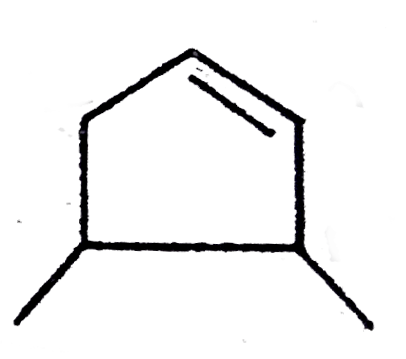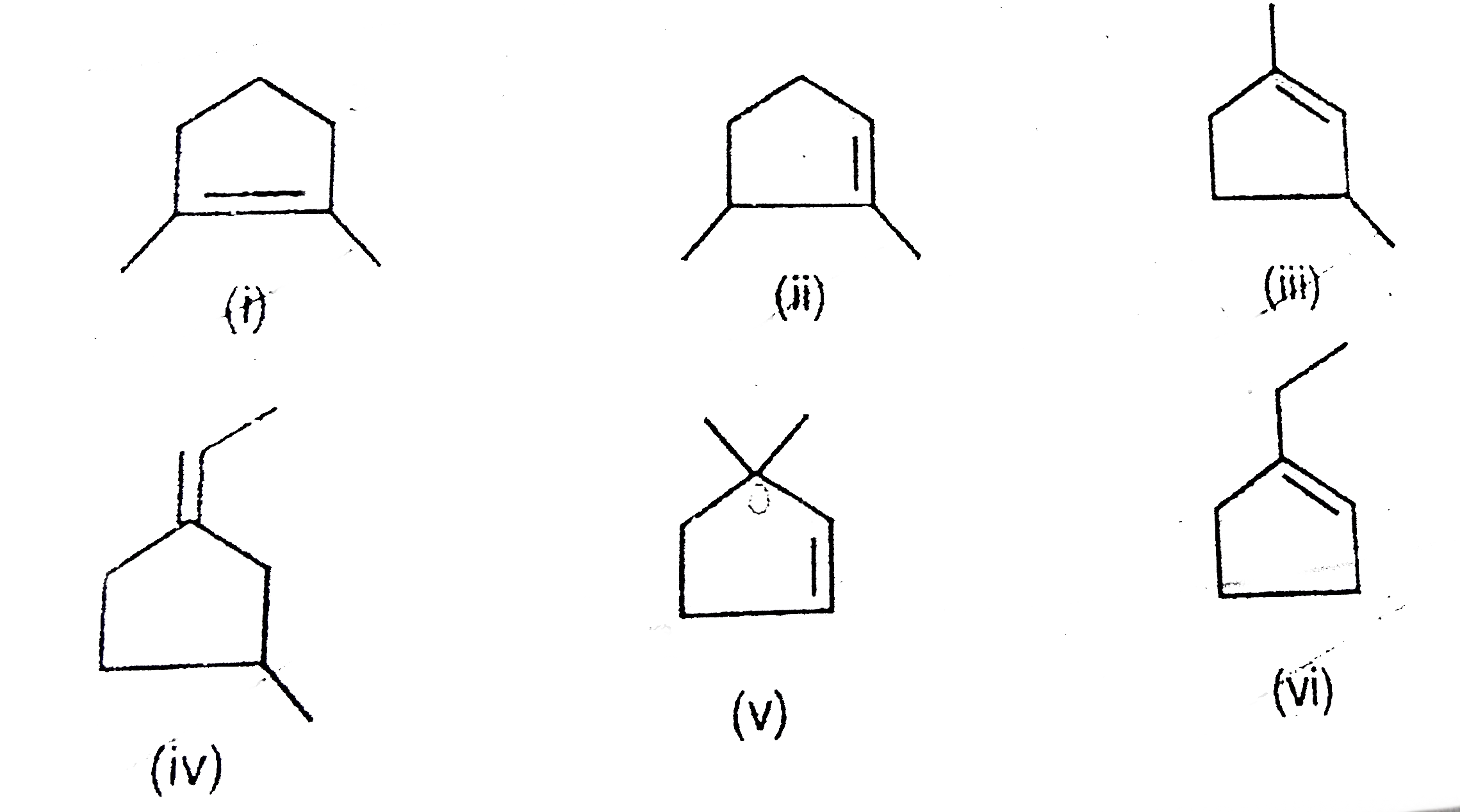How many elements are more electropositive than .
To determine how many elements are more electropositive than chlorine (Cl) from the given list: B (Boron), N (Nitrogen), O (Oxygen), C (Carbon), S (Sulfur), P (Phosphorus), At (Astatine), H (Hydrogen), and Li (Lithium), we can follow these steps:
Step 1: Understand Electropositivity
Electropositivity is the tendency of an element to lose electrons and form positive ions. It generally increases down a group and decreases across a period from left to right in the periodic table.
Step 2: Identify the Position of Chlorine
Chlorine (Cl) is located in Group 17 (the halogens) and Period 3 of the periodic table. It is relatively electronegative, meaning it is not very electropositive.
Step 3: List the Given Elements and Their Positions
- H (Hydrogen) - Group 1, Period 1
- Li (Lithium) - Group 1, Period 2
- B (Boron) - Group 13, Period 2
- C (Carbon) - Group 14, Period 2
- N (Nitrogen) - Group 15, Period 2
- O (Oxygen) - Group 16, Period 2
- P (Phosphorus) - Group 15, Period 3
- S (Sulfur) - Group 16, Period 3
- At (Astatine) - Group 17, Period 6
Step 4: Compare Electropositivity
Now, we will compare the electropositivity of each element with chlorine:
- H: More electropositive than Cl (Group 1)
- Li: More electropositive than Cl (Group 1)
- B: More electropositive than Cl (Group 13)
- C: Less electropositive than Cl (Group 14)
- N: Less electropositive than Cl (Group 15)
- O: Less electropositive than Cl (Group 16)
- P: More electropositive than Cl (Group 15)
- S: Less electropositive than Cl (Group 16)
- At: Less electropositive than Cl (Group 17)
Step 5: Count the Elements More Electropositive than Cl
From the comparison:
- H, Li, B, and P are more electropositive than Cl.
Thus, the elements that are more electropositive than chlorine are:
1. H (Hydrogen)
2. Li (Lithium)
3. B (Boron)
4. P (Phosphorus)
Final Count
The total number of elements that are more electropositive than chlorine is 4.
Summary of Answer
There are 4 elements more electropositive than chlorine.
Electropositivity is the tendency of an element to lose electrons and form positive ions. It generally increases down a group and decreases across a period from left to right in the periodic table.
Chlorine (Cl) is located in Group 17 (the halogens) and Period 3 of the periodic table. It is relatively electronegative, meaning it is not very electropositive.
- H (Hydrogen) - Group 1, Period 1
- Li (Lithium) - Group 1, Period 2
- B (Boron) - Group 13, Period 2
- C (Carbon) - Group 14, Period 2
- N (Nitrogen) - Group 15, Period 2
- O (Oxygen) - Group 16, Period 2
- P (Phosphorus) - Group 15, Period 3
- S (Sulfur) - Group 16, Period 3
- At (Astatine) - Group 17, Period 6
Now, we will compare the electropositivity of each element with chlorine:
- H: More electropositive than Cl (Group 1)
- Li: More electropositive than Cl (Group 1)
- B: More electropositive than Cl (Group 13)
- C: Less electropositive than Cl (Group 14)
- N: Less electropositive than Cl (Group 15)
- O: Less electropositive than Cl (Group 16)
- P: More electropositive than Cl (Group 15)
- S: Less electropositive than Cl (Group 16)
- At: Less electropositive than Cl (Group 17)
From the comparison:
- H, Li, B, and P are more electropositive than Cl.
1. H (Hydrogen)
2. Li (Lithium)
3. B (Boron)
4. P (Phosphorus)
The total number of elements that are more electropositive than chlorine is 4.
There are 4 elements more electropositive than chlorine.
Topper's Solved these Questions
- BOOK - RESONANCE ENGLISHCHAPTER - PERIODIC TABLE & PERIODICITYEXERCISE - Exercise-31videos
PERIODIC TABLE & PERIODICITY
- BOOK - RESONANCE ENGLISHCHAPTER - P-BLOCK ELEMENTS (HALOGEN & NOBLE GASES)EXERCISE - APSP PART-322videos
P-BLOCK ELEMENTS (HALOGEN & NOBLE GASES)
- BOOK - RESONANCE ENGLISHCHAPTER - QUALITATIVE ANALYSISEXERCISE - INORGANIC CHMISTRY(Qualitative analysis)35videos
QUALITATIVE ANALYSIS
Similar Questions
Transition elements are more electropositive–––––––––––––––––––––– than group 1 elements
View SolutionHow many s-block elements are known ?
View SolutionHow many of the following are more electronegativity than Boron. H,Li,Be,C,N,O,F
View SolutionHow many of the following are more acidic than HCOOH.
 View Solution
View SolutionHow many of these elements have lower electron affinity than fluorine?
Cl,S,O,N,P,Br,I,CView SolutionHow many alkene/s from following are more stable than

 View Solution
View SolutionHow many elements has P(A), if A=φ?
View SolutionWhen A=ϕ, the number of elements in P(A) is …………… .
View SolutionHow many elements has P(A), if A=ϕ ?
View SolutionHow many of these elements have more first ionization energy then boron Li,Be,C,N,O,F,Ne
View Solution

